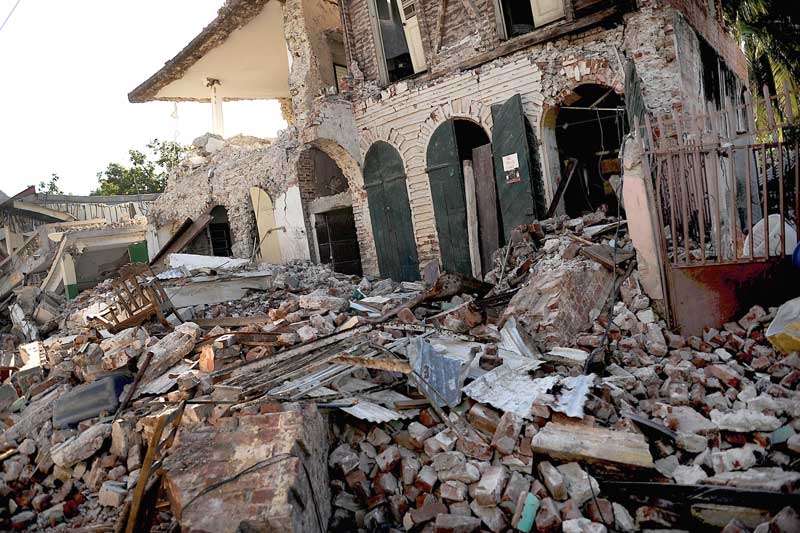On this day, 22nd September: The Vela Incident - Damn Intresting

The Vela Incident, also known as the South Atlantic Flash, occurred on September 22, 1979, when an American Vela satellite detected a mysterious double flash of light in the South Atlantic Ocean. This double flash was characteristic of a nuclear detonation, but the exact nature of the event remains a mystery to this day.
What Happened:
- The Vela satellite, part of a U.S. system designed to monitor compliance with the Partial Nuclear Test Ban Treaty of 1963, detected a distinctive double flash at approximately 00:53 UTC over the Indian Ocean, near the Prince Edward Islands between South Africa and Antarctica.
- A double flash typically indicates a nuclear explosion, with the first flash being the initial detonation and the second flash being a result of the explosion’s fireball expanding.
Investigation and Theories:
Despite the satellite's detection, the U.S. government has never officially confirmed whether the event was a nuclear explosion, and investigations into the incident yielded inconclusive results.
Key Theories:
- Nuclear Test by Israel and South Africa:
- The most widely accepted theory is that the Vela Incident was a joint nuclear test conducted by Israel and apartheid-era South Africa. At the time, Israel was believed to have a covert nuclear weapons program, and South Africa was also developing nuclear weapons. A secret test in the remote South Atlantic would have allowed them to evade detection.
- While there is circumstantial evidence, such as reports of nuclear scientists from South Africa and Israel collaborating, neither country has confirmed involvement. Both governments have always denied conducting any nuclear tests.
- Natural Phenomenon:
- Some have suggested that the double flash could have been caused by a meteor entering the atmosphere, a lightning superbolt, or other natural phenomena. However, none of these explanations are entirely consistent with the characteristics of the detected flash.
- Satellite Malfunction:
- Another theory is that the Vela satellite malfunctioned, possibly due to its age (it was 10 years old at the time), and that the flashes it recorded were a false alarm. However, other instruments, such as ocean sensors and air filters that detect nuclear isotopes, did register signals that might support the occurrence of a nuclear event.
U.S. Government Response:
The U.S. government initially treated the event as a possible nuclear test, and the Carter administration launched an investigation, led by the Ad Hoc Panel, commonly known as the Ruina Panel. This panel, after reviewing the evidence, concluded that the satellite signal might have been caused by a non-nuclear event or a malfunction.
Despite this conclusion, some officials, including defense analysts and nuclear experts, believed the double flash was consistent with a low-yield nuclear explosion. President Jimmy Carter himself noted in his diary that there was a "real possibility" it was a nuclear test, though publicly the administration did not make any definitive conclusions.
Long-Term Consequences and Mystery:
The Vela Incident remains one of the Cold War's most enduring mysteries. Theories of a secret nuclear test persisted, with declassified documents and investigations continuing to fuel speculation. Some believe that the U.S. downplayed the event for diplomatic reasons, particularly to avoid pressuring Israel, a close ally, or to prevent escalating tensions during a sensitive period in the Cold War.
No definitive proof has ever surfaced, and the true nature of the event remains officially unresolved.
Legacy:
- The Vela Incident continues to intrigue historians, scientists, and military analysts. It represents a significant moment during the Cold War when nuclear proliferation and secret weapons programs were major global concerns.
- It also illustrates the challenges of nuclear detection and the difficulties governments face when trying to identify and verify covert nuclear activities.





